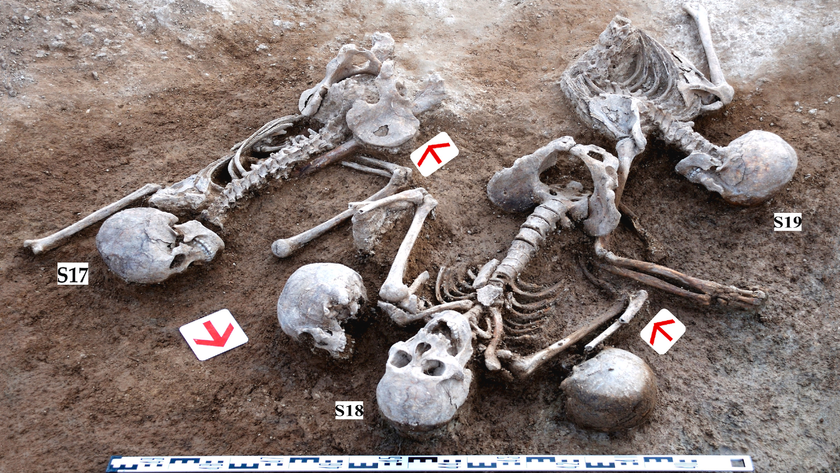Photos: Ancient 'Golden Horde' City Revealed
Archaeologists have uncovered part of an ancient city founded by the heirs of Genghis Khan. The 750-year-old city, along with the remains of Christian temples found there, shed light on the Christian people who lived under the Khan's rule. Here's a look at the remains and artifacts found at the site along the Volga River in Russia. These images were provided courtesy of Dmitriy Kubankin. [Read full story on the ancient city]
Archaeologists at work
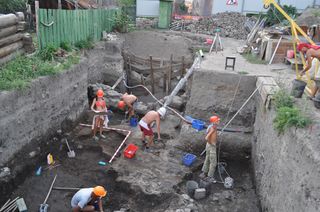
Archaeologists with the Saratov Regional Museum of Local Lore have uncovered part of the city of Ukek. Built by a khanate (a kingdom) called the "Golden Horde" the city flourished between A.D. 1250 and 1395. Today much of it is covered by modern buildings. The newly discovered part of the city was the Christian quarter. Several religions were practiced at Ukek including Islam, Christianity and Shamanism.
The Glass Hairpin

This glass hairpin, imported from China, was found in the Christian quarter of Ukek. The head of the pin is carved in the shape of a split pomegranate. It is remarkably well preserved despite the passage of about 700 years of time.
A fragment

Another treasure from China found in the Christian quarter. This image shows a fragment of a bone plate carved in the image of a dragon. Finds like these indicate that elite individuals visited the Christian quarter even though Christians did not rule the Golden Horde khanate.
Sign up for the Live Science daily newsletter now
Get the world’s most fascinating discoveries delivered straight to your inbox.
A carving
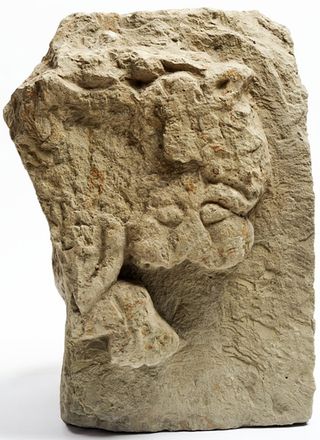
Archaeologists found the remains of two Christian temples (in eastern Christianity churches are sometimes called temples). One temple was decorated with bas reliefs (a kind of stone carving) and mosaics. One of the carvings, seen here, shows a griffin clawing a lion.
A wooden handle
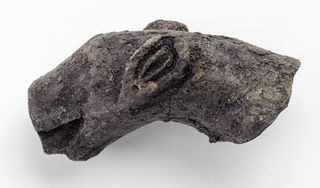
A fragment of a wooden handle, in the shape of a panther's head, also found in the Christian temple.
A stonepaste plate
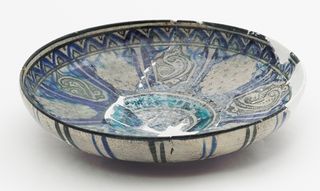
The basement of the Christian temple would have been used by local merchants to store goods. This image shows a stonepaste (kashine) plate that would have been imported from Egypt or Iran.
A stonepaste bottle
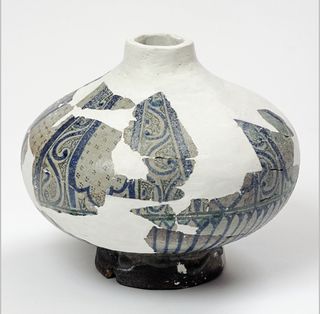
The remains of a stonepaste (kashine) bottle that also would have been imported from Egypt or Iran.
An imported plate
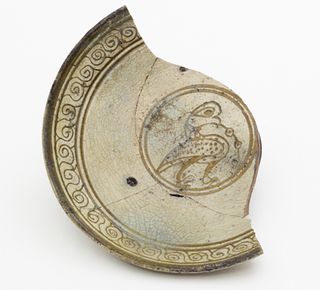
A plate that would have been imported from Byzantium.
An ancient storage vessel
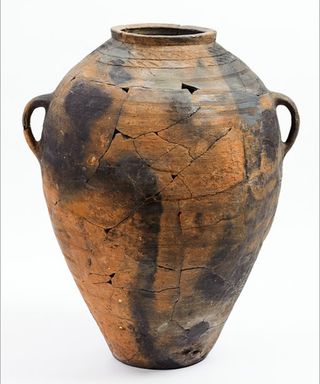
While the archaeologists found some fantastic imported goods they also found simpler, homemade, items. This image shows a storage vessel also found in the Christian temple.
An artifact from the Christian quarter
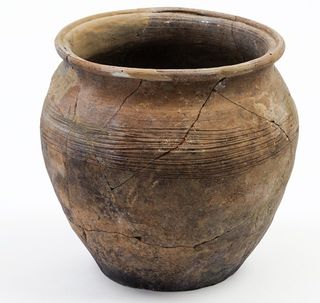
Another, less elaborate, artifact from the Christian quarter. This image shows a Russian pot.
Follow LiveScience @livescience, Facebook & Google+.

Owen Jarus is a regular contributor to Live Science who writes about archaeology and humans' past. He has also written for The Independent (UK), The Canadian Press (CP) and The Associated Press (AP), among others. Owen has a bachelor of arts degree from the University of Toronto and a journalism degree from Ryerson University.

